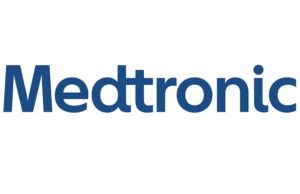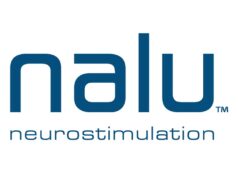 Medtronic has announced primary endpoint (three-month) results of the Vectors post-market clinical study that demonstrated effective pain relief and improved function in patients with chronic intractable back and leg pain treated with spinal cord stimulation (SCS) utilising the Evolve workflow.
Medtronic has announced primary endpoint (three-month) results of the Vectors post-market clinical study that demonstrated effective pain relief and improved function in patients with chronic intractable back and leg pain treated with spinal cord stimulation (SCS) utilising the Evolve workflow.
Medtronic offers the Evolve workflow to help physicians balance high-dose and low-dose therapy settings on Medtronic SCS systems, including the Intellis platform. Results were presented at the American Society of Interventional Pain Physicians (ASIPP) annual meeting and found that patients experienced a statistically significant and clinically meaningful improvement with 69% of patients experiencing ≥50% improvement in overall pain and 70% achieving a personal activity goal at three months.
“More and more clinicians are seeking long-term, non-opioid treatments for chronic pain, so it is important to understand how to best optimise SCS treatment with tools like the Evolve workflow,” said John Hatheway, Northwest Pain Care of Spokane (USA) and primary investigator. “The potential for SCS to provide meaningful long-term improvements in quality of life, activities of daily living, and function is critical. It is encouraging that results from the Vectors study are showing effective pain relief and improved patient function.”
Ninety per cent of study subjects had a successful screening trial. One-hundred-three were then implanted with the device, and 98 patients completed the primary endpoint (three-month) visit. Data from the study demonstrated sustained pain relief, improved quality of life and decreased disability after device implant, shown through the following statistics:
- 69% of patients had at least a 50% improvement in overall pain
- 70% of patients achieved a personal activity goal
- 81% of patients were satisfied with their therapy
- 65% improved at least one disability category in the Oswestry Disability Index (ODI).
The prospective, single-arm, multicentre Vectors study was designed to provide evidence for the Evolve workflow by assessing the effectiveness and potential patient benefits of SCS while having access to both high-dose and low-dose stimulation modalities. SCS has traditionally used low-dose stimulation (40 Hz); however, high-dose stimulation (1,000 Hz), the starting point for the Evolve Workflow, is becoming a more common starting frequency. At three months, 96% of patients remained on high-dose therapy alone.
“Every patient is different, and to truly advance patient care we need clinical evidence that demonstrates significant benefits in pain relief and also looks beyond that to patient quality of life, function and satisfaction,” said Marshall Stanton, senior vice president and president of Medtronic’s Pain Therapies division, which is part of the Restorative Therapies Group.
The Vectors study was conducted with Intellis, the world’s smallest fully implantable spinal cord stimulator, with Medtronic’s proprietary AdaptiveStim technology. The study will continue to follow patients through six and 12-month follow-up.











